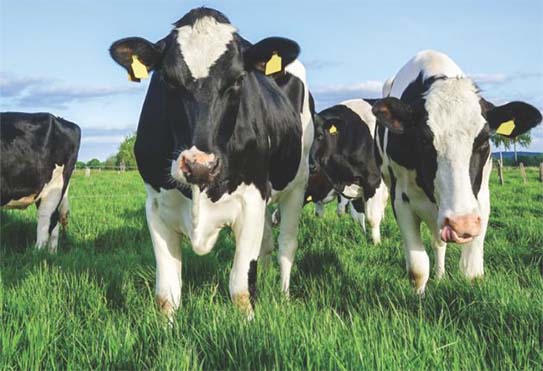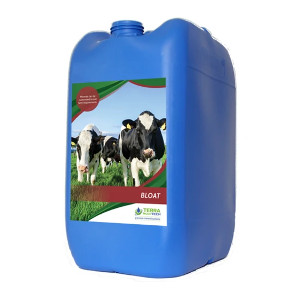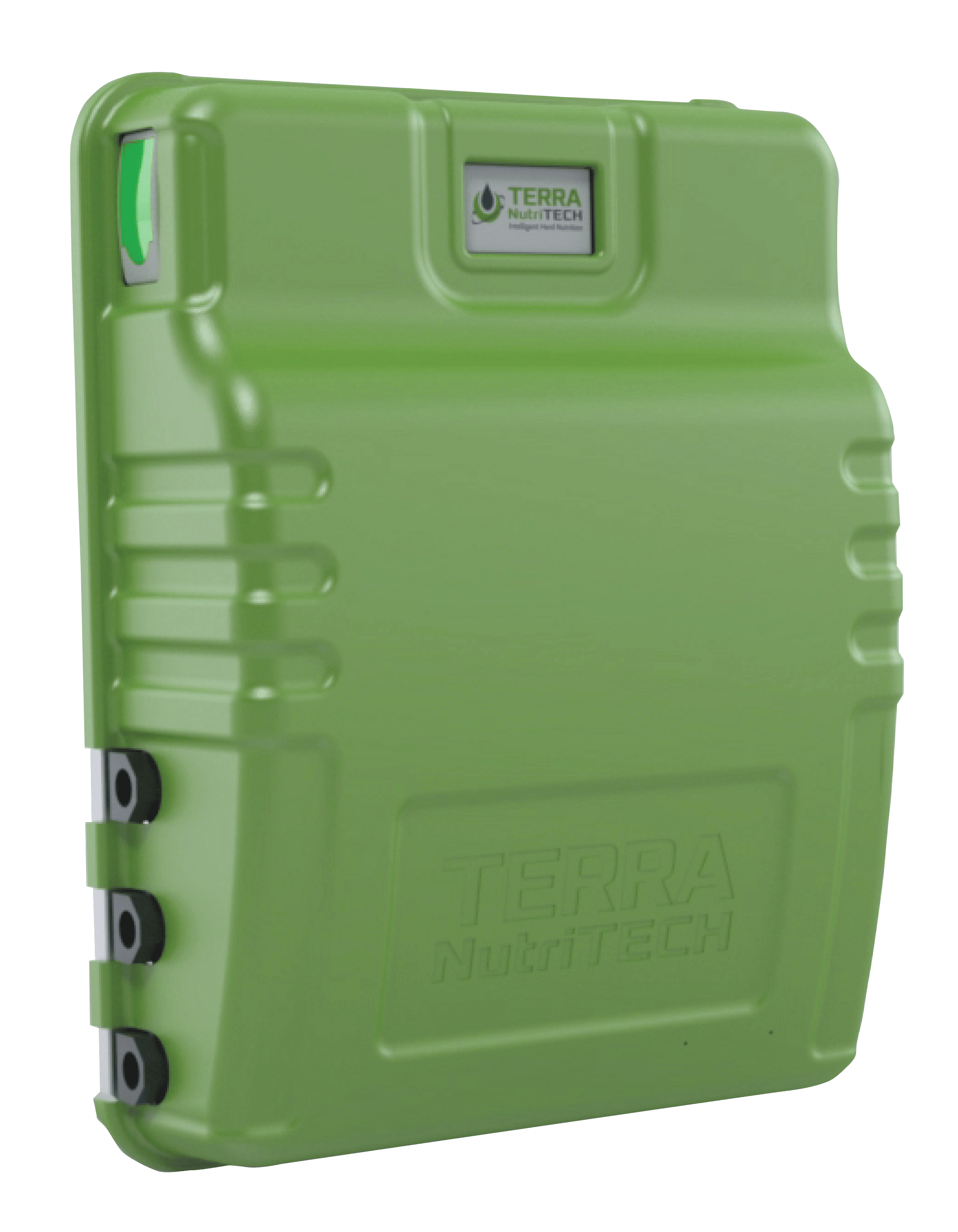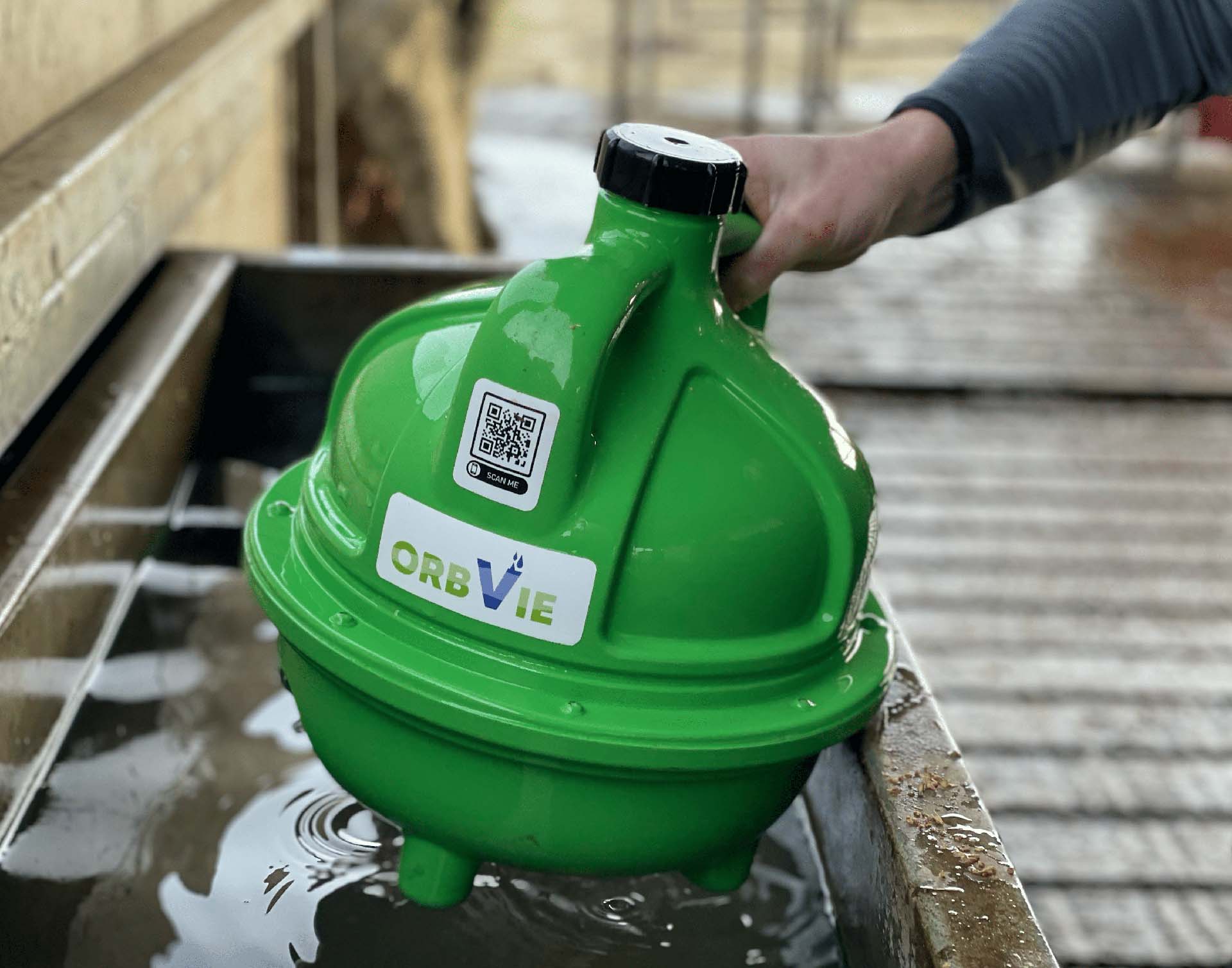Bloat in Cattle
What is Bloat in Cattle?
Bloat in cattle is where the excess gas (methane and CO2) produced in the rumen can affect normal function. The rumen is a crucial organ that drives production. It is the largest stomach compartment in ruminants, and digests inedible cellulose, converting it to digestible fatty acids. Bloat in cattle can occur quite rapidly meaning that death can ensue also quickly. It causes huge pressure in the chest of ruminants and often leads to cardiogenic shock.
There are two types of Bloat – Primary & Secondary
Symptoms of Bloat in Cattle
- The left side of the animal appear swollen
- Discomfort as indicated by the stomping of feet or kicking at the belly
- Laboured breathing
- Frequent urination and defecation
- Sudden collapse
Causes of Bloat in Cattle
Lush pastures being low in fibre and high in soluble protein can cause bloat in cattle. Clovers, in particular, create extra risk. Also, spring grass can be high in sugars and water content, resulting in the digestive microbes producing a lot of gas. This may also mean less saliva production which can act as a buffer in the rumen. These soluble proteins can rise to the top of the rumen becoming insoluble and causing froth to develop.
Indoors we see bloat in finishing cattle where we see a big increase in concentrates and low fibre in the diet. This can occur particularly where grains are finely ground.
Problems from Bloat in Cattle
Primary or Frothy bloat (primary tympany) results when fermentation gases are trapped in a stable, persistent foam that is not readily expelled. These animals will start to swell up quickly often on the left-hand side (where the rumen sits). They can often go down and bloat up quite quickly. These cases, unfortunately, are often found dead.
Secondary bloat is where something obstructs the expulsion of gas in a normal functioning rumen. These cases will respond well when spotted by relieving the gas by stomach tubing. They may swell up quickly again meaning that the cause of the obstruction is still there. These cases will often need a permanent trocar or fistula if bloating continues. Examples of these can be foreign body obstructions or abscesses in the oesophagus
Bloat in Cattle – Treatment
Feeding bloat oil in water during risk periods, particularly with at-risk swards like clover will help to prevent bloating. The OPIS or OrbVie controllers ensure that Bloat Oil is administered to your herd efficiently. Bloat oil works by layering the liquid in the rumen and preventing gasses from forming. Bloat oil should always be used with good grazing practices to help eliminate risk.




